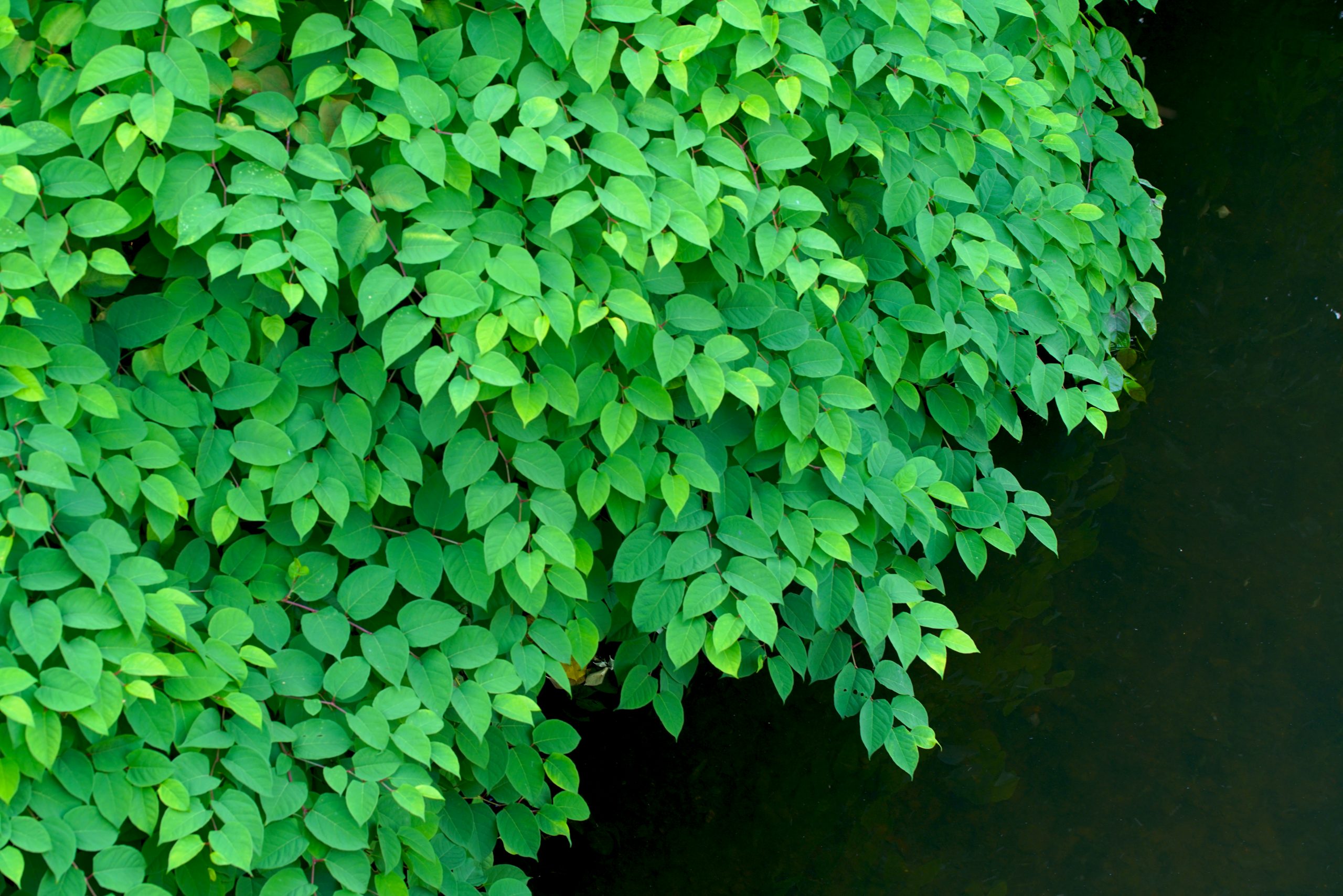Question: Why is leaf shape important in identifying Japanese Knotweed?
Answer: The leaf shape of Japanese Knotweed, being shovel-shaped with pointed tips and a unique stem arrangement, is a key feature for distinguishing it from other similar-looking weeds.
A Closer Look:
The leaf shape of Japanese Knotweed (Fallopia japonica) is a vital feature for accurate identification and differentiation from other plants, including non-invasive knotweed species. Japanese Knotweed has shovel-shaped leaves with pointed tips, growing up to 200mm in length. This distinct shape helps distinguish it from similar-looking weeds and other knotweed species that may have different leaf shapes, such as heart-shaped or rounded leaves.
Moreover, the leaves of Japanese Knotweed are arranged in an alternating zig-zag pattern along the stem. This unique arrangement is not commonly found in other plant species and further aids in identification. Recognizing these specific leaf characteristics is essential not only for early detection and effective management of Japanese Knotweed but also for ensuring that non-invasive plants are not mistakenly targeted for removal. This helps in preserving biodiversity while effectively managing invasive species
To find out more about our knotweed solutions speak to the team.


